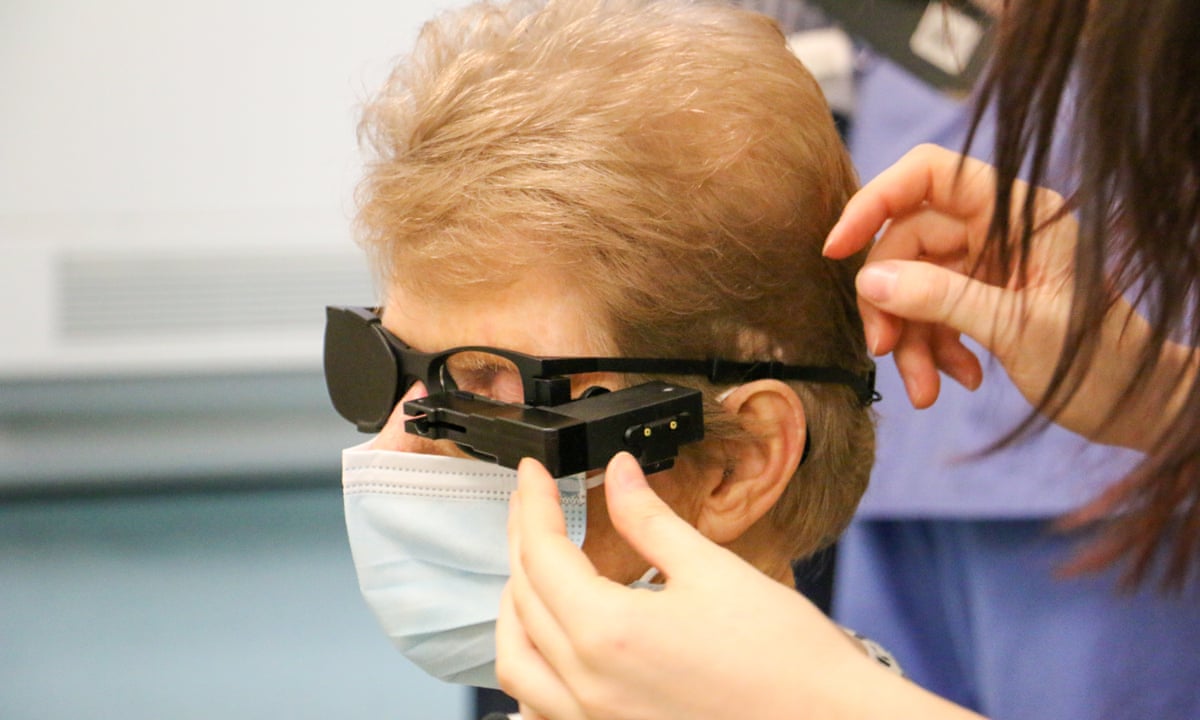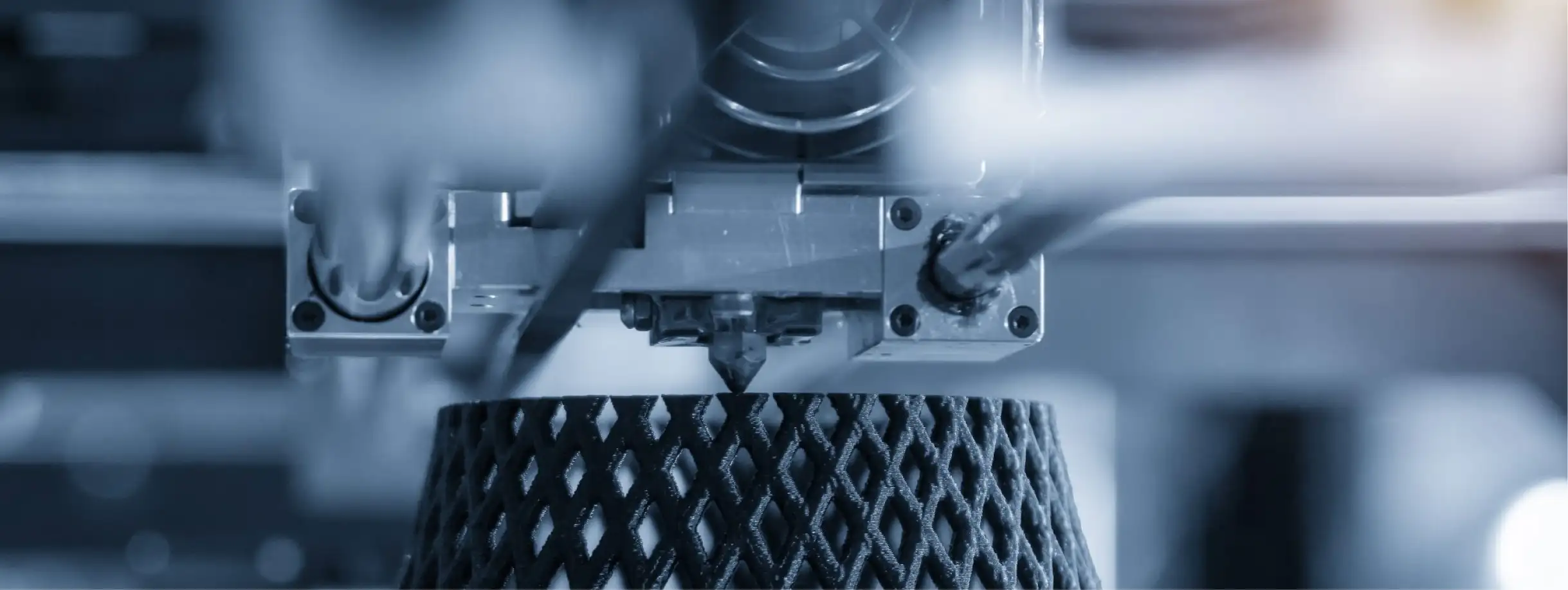An artificial eye that gives hope to the blind
An artificial eye that gives hope to the blind

The human eye is a very important organ for man, and the blessing of sight is one of the greatest blessings of God on man, which some have been deprived of, but scientists do not stop trying to search for new solutions and treatments for all diseases that afflict humans.
3D printing technology

Among these attempts is what scientists have recently done to come up with a technique that 3D prints a group of light receptors on a hemispherical surface to develop a prototype of the artificial eye very similar to the human eye.
The human eye is a wonderful piece of engineering, and the way the eye works and how well it interacts with external stimuli has been the subject of many researches around the world. As advanced beings living on this planet, it is natural that we try to find solutions to the problem of blindness, and in the past we were constrained by the barrier of technology, but today technology is advancing at a very rapid pace.
3D printed photoreceptors

Recently, a research team at the University of Minnesota reported a breakthrough in being able to successfully 3D print photoreceptors on a hemispherical surface.
In the case of the real human eye, the photoreceptors are located in the back of the eye, inside the retina, which accommodates corneal fluids. It works to convert light rays into nerve impulses that are sent to the brain through the optic nerve, but artificial light receptors do not need a mediator of fluids to facilitate vision. Study co-author Michael McAlpine, a mechanical engineer at the University of Minnesota, explains the gist of this research in full: “Biological eyes are usually thought of as science fiction, but we are now closer than ever to achieving it with a multi-material 3D printer.”
Necessity is the mother of invention
The inspiration for developing the idea of a bionic eye came to scientist Mike Alpine when his mother lost her sight by surgery, and since then, Michael Alpine has been experimenting with different methods to create a bionic eye capable of restoring sight to people who spend most of their lives in the dark.
And the scientist Albin says, “My mother has lost sight in one eye, and whenever she talks about my work, she tells me when will you print an electronic eye for me?” .
The artificial eye restores hope to the blind

This isn’t Mike Alpin’s first experiment with bioelectronics, his team has previously succeeded in developing an electronic skin and ear, and he also holds a patent for 3D-printed semiconductors. To flow through curved objects instead of sticking to them.
To meet this challenge, the researchers used an ink of silver particles to print on the hemispherical body. They also made use of semiconductor polymers for printing on the surface of the dome that convert light into electrical signals that can process the light and convert it into actual images.
We are closer than we think
When the research team tested the new system, they found that it works with an efficiency of up to 25% in converting optical signals into electrical signals. However, they still have a long way to go in the field of documented printing of active electronics, but despite this, this great transformation gives hope to the blind in restoring vision. In one day.
